Ace of Base: 2018 Hyundai Kona

Earlier this year, Hyundai mixed up the nomenclature of its largest crossover. The three-row Santa Fe XL takes the place of the old three-row Santa Fe, with that name migrating to the smaller machine (which is only available as a two-row unit unless you opt for the diesel, in which case it’s a three-row, but not an XL). Understand?
No, me either. What I do know is the littlest crossover in Hyundai dealerships is no longer the Tucson. Enter the Kona, a pint-sized ute ready to take on competitors like the CX-3 and HR-V. The Korean automaker usually runs long on features and short on price, so let’s find out what its newest nameplate offers in the sub-$20,000 range.
Of course, it’s not really sub-$20,000 by the time you add $950 worth of freight. The MSRP is an agreeable $19,500 packing family-friendly features like a 7-inch touchscreen display with CarPlay, hands-free Bluetooth, and a rear-view monitor. The steering wheel tilts and telescopes while a rear window wiper keeps a clear view astern. Air conditioning is standard, of course.
The styling apparently portends a new direction for Hyundai’s crossover units, seemingly a future in which all of them look like – thanks to a pair of high and narrow headlights – they’re about to sneeze. It is not at all offensive or downmarket, even in this base form, absent of el-cheapo black door handles or side mirrors. Sixteen-inch alloys bear 205/60 tires.
Dark lower cladding and fender flares try to make the Kona look butch but simply succeed in making the trucklet look as if a toddler was left unsupervised with a fresh package of Sharpie markers. At least snazzy LED daytime running lights line the Kona’s nose, but the red, puffy jowls in its rear bumper are slightly alarming.
Under the hood is Hyundai’s corporate 2.0-liter inline-four, making 147 horsepower and hooked to a six-speed automatic transmission. Those are fewer cogs than may be expected by many shoppers in 2018 but hey, at least it’s not a CVT. At this price, the Kona is a front-drive affair. All-wheel drive will bruise your bank account to the tune of $1,300.
Expected power accessories appear on this base Kona, along with keyless entry and folding armrest for the rear seat minions. Don’t laugh – this feature is critical for separating sibling rivals and is often a feature skimped upon by many OEMs in their most affordable wheels. As is Hyundai’s wont, there are no optional features. Those who want more need to climb the ladder to the next trim level.
All six colors on the Kona’s palette are offered at $0, ranging from the Surf Blue shown here to an exciting Pulse Red and stoic Thunder Gray. One should not discount the strength and appeal of Hyundai’s new car warranty, an attractive ten-year bonus to folks unlike you and I who aren’t enamored with broken down Alfas and temperamental old 4x4s.
I look forward to driving a Kona myself before declaring it an Ace of Base winner. Until then, I sate my appetite with the build-n-price tool and our Managing Ed’s upcoming review.
[Images: Hyundai]
Not every base model has aced it. The ones which have? They help make the automotive landscape a lot better. Any others you can think of, B&B? Let us know in the comments and feel free to eviscerate our selections.
The model above is shown with American options and priced in American Dollars. Your dealer may sell for less.

Matthew buys, sells, fixes, & races cars. As a human index of auto & auction knowledge, he is fond of making money and offering loud opinions.
More by Matthew Guy
Latest Car Reviews
Read moreLatest Product Reviews
Read moreRecent Comments
- Bd2 If I were going to spend $ on a ticking time bomb, it wouldn't be for an LR4 (the least interesting of Land Rovers).
- Spectator Wild to me the US sent like $100B overseas for other peoples wars while we clammer over .1% of that money being used to promote EVs in our country.
- Spectator got a pic of that 27 inch screen? That sounds massive!
- MaintenanceCosts "And with ANY car, always budget for maintenance."The question is whether you have to budget a thousand bucks (or euro) a year, or a quarter of your income.
- FreedMike The NASCAR race was a dandy. That finish…

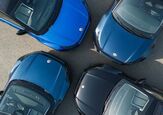

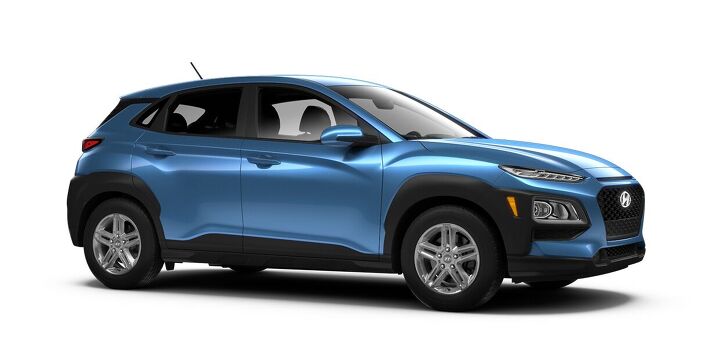














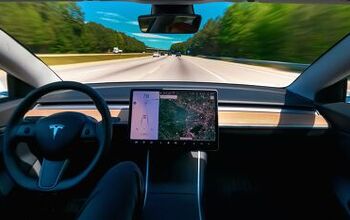
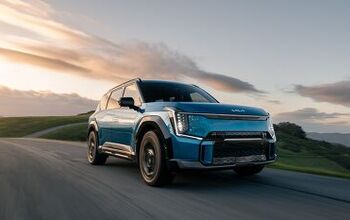
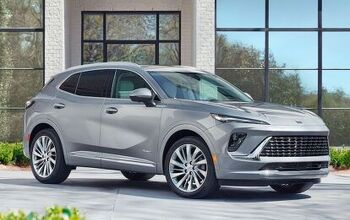
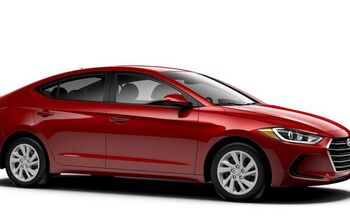
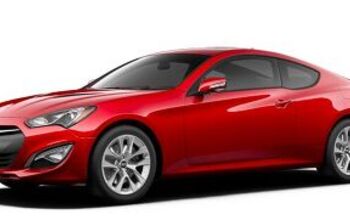
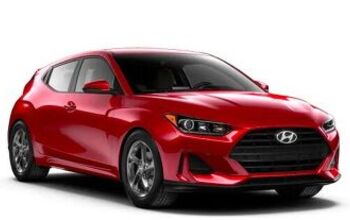
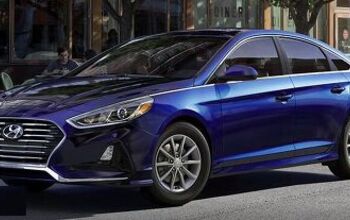
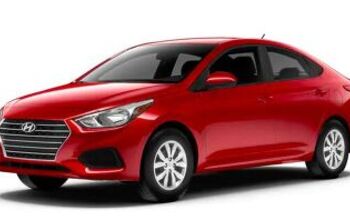
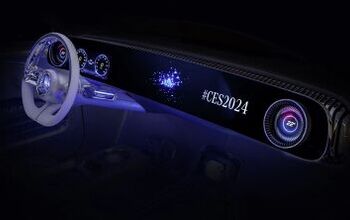
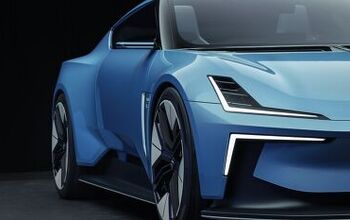
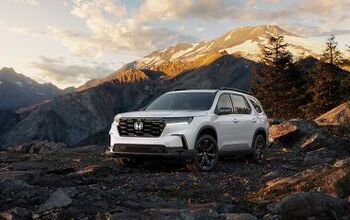
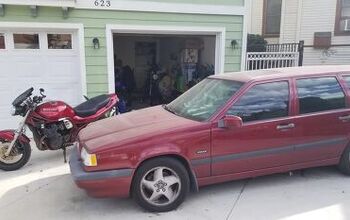
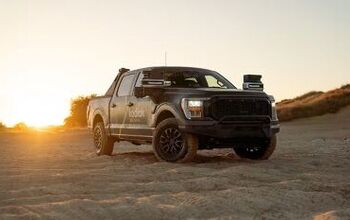
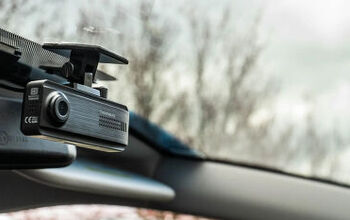


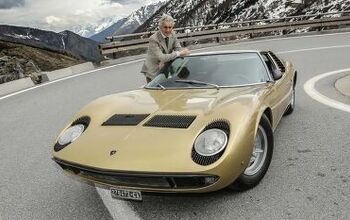
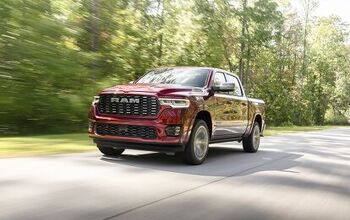
Comments
Join the conversation
The South African band, Mafikizolo, has a song called, "Khona" that came out about 5 years ago. It's a pretty catchy tune: https://www.youtube.com/watch?v=yhk52GlkhVA I think Hyundai is missing a great opportunity to use this song in an ad campaign.
Despite being a latecomer to the market, the Kona has been outselling the CH-R in Australia, but behind the CX-3 and HR-V. The biggest issue for the Kona in this market may be that it is a bit tighter inside than many of its competitors. Btw, the EV version sans that awful cladding looks better.